
By Q Radio News
Ambulances are queuing outside emergency departments in the Northern Health Trust because hospitals are operating “beyond capacity”.
Director of Operations Wendy Magowan said 43 people were waiting for an emergency bed at Antrim Area Hospital and 21 at the Causeway Hospital on Tuesday morning.
“These are older frail, sick people and unfortunately they are being delayed in ambulances because we simply have no room to bring these patients into our emergency departments,” she told the BBC.
“Ambulances need to be out on the ground looking after sick people, they do not need to be queuing outside emergency departments.”
Wendy Magowan said medics at Antrim Area Hospital are caring for patients in the car park.
“We are working beyond 100% capacity within the hospital so every single element of the service is under immense pressure today,” she said on Tuesday afternoon as 15 ambulances were queued outside Antrim Area Hospital.
“These 15 ambulances have varying degrees of ill patients. While I have been standing here I can see doctors and nurses going in and out of the back of those ambulances, they are providing care and treatment in the back of the ambulances.
“I just met our lead nurse on the way through the department to come out here, she said those patients are safe, ‘we are doing the best we can to look after them, but we are providing care in the car park’.”
A spokesperson for the Northern Health Trust told Q Radio:
— Q Radio News (@qnewsdesk) December 15, 2020
'Today we have the highest number of COVID-19 positive inpatients in our two acute hospitals that we have had on any day since this pandemic began. 126 in total. Both hospitals are operating beyond capacity.' pic.twitter.com/00lt4NjFvn
Ms Magowan added: “I have never seen ambulances queued like this before… I have never seen anything like this before in my life.”
Jennifer Welsh, chief executive of the Northern Trust, said one patient waiting in an ambulance has been diverted to a hospital in the Belfast Trust.
“We are working our way through all of these patients, at the same time work is ongoing inside the hospital looking at the discharges and if we can maybe facilitate these in a more timely way, but obviously that has to be a safe way as well,” she told the BBC.
“This has to be about the whole system, the whole region coming together to look at what it is that we can do. We are also looking at other areas, including day care areas… we are going to have to convert these into bed spaces probably for overnight. That’s the kind of situation that we’re in. It doesn’t augur well for the rest of this winter if this is what we’re like on December 15.
“My appeal out to the public is look at the pressure we’re already under, this is unsustainable.
“We have to find a way to get some decongestion and the public can help with that in terms of their own behaviour over the next number of weeks and please be careful over this festive period. We cannot afford for the situation to get even worse than it already is, we’re walking a knife edge.”
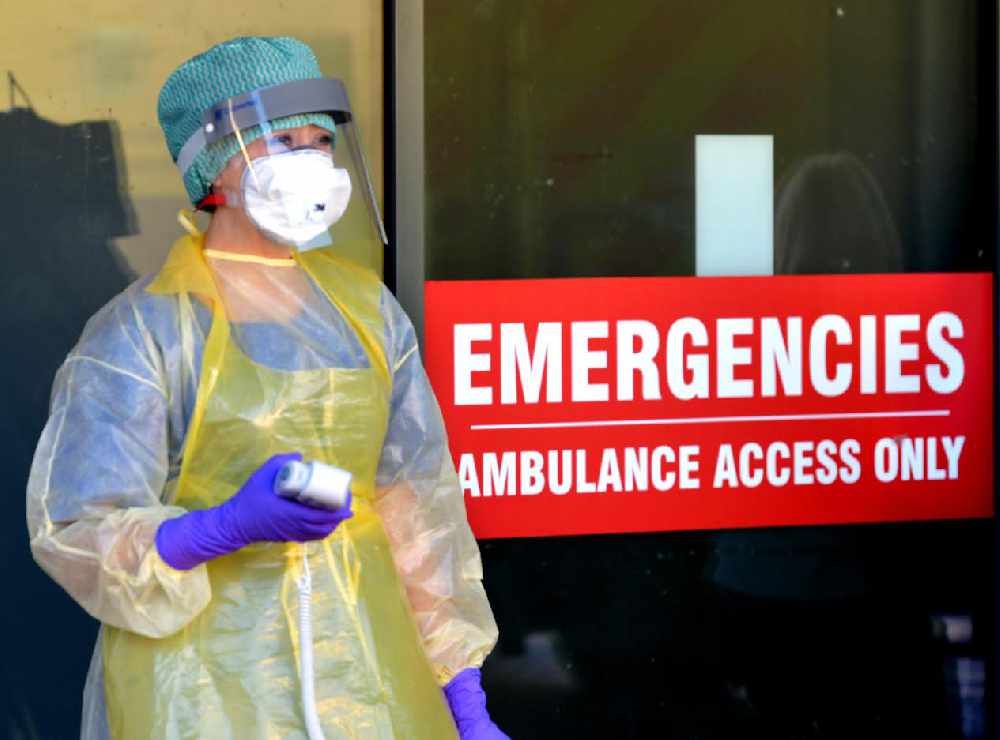
Wendy Magowan said there were fewer than 400 beds at Antrim Area Hospital, of which 25% are occupied by patients with coronavirus.
“Our staff, we’ve asked so much of them and they have delivered so much, but they are also weary and tired and they’re doing the very best that they can do in exceptionally difficult circumstances,” she said.
A spokesperson from the Trust told Q Radio:
'Both hospitals are operating beyond capacity. Inside the Emergency Department it is very busy and we have a total of 43 patients who are waiting to be admitted because they are ill and clinicians have made the decision that they need to be admitted. Those patients need to be tested for COVID-19 so that they can follow the appropriate pathway when they are moved to wards. The required testing and other necessary restrictions considerably reduces the flow through the hospitals and complicates the patient journey.
“At 4pm this afternoon we had a total of 17 ambulances with patients who couldn’t be brought into the ED. Unfortunately for some that means long waits and having to be cared for in the back of ambulances. That is not a satisfactory situation in anybody’s book. Those patients should be inside the hospital and the ambulances should be back out responding to other urgent calls.”


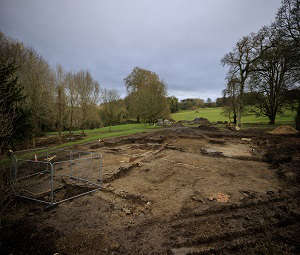 Remains of 300-year-old building complex unearthed by chance on country estate
Remains of 300-year-old building complex unearthed by chance on country estate
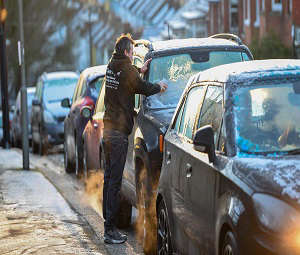 Fresh Met Office warning for icy conditions across Northern Ireland
Fresh Met Office warning for icy conditions across Northern Ireland
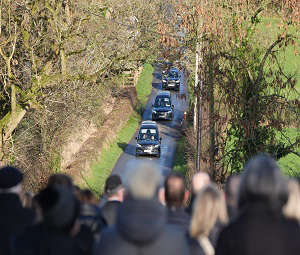 Community still in shock over deaths of father and son, funeral told
Community still in shock over deaths of father and son, funeral told
 Hugo Duncan dedicates MBE honour to late mother who raised him on her own
Hugo Duncan dedicates MBE honour to late mother who raised him on her own
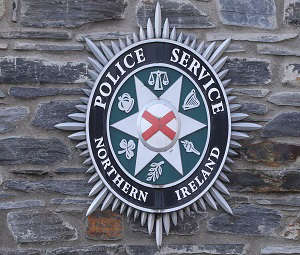 Police concern over large gathering of youths at Belfast interface
Police concern over large gathering of youths at Belfast interface